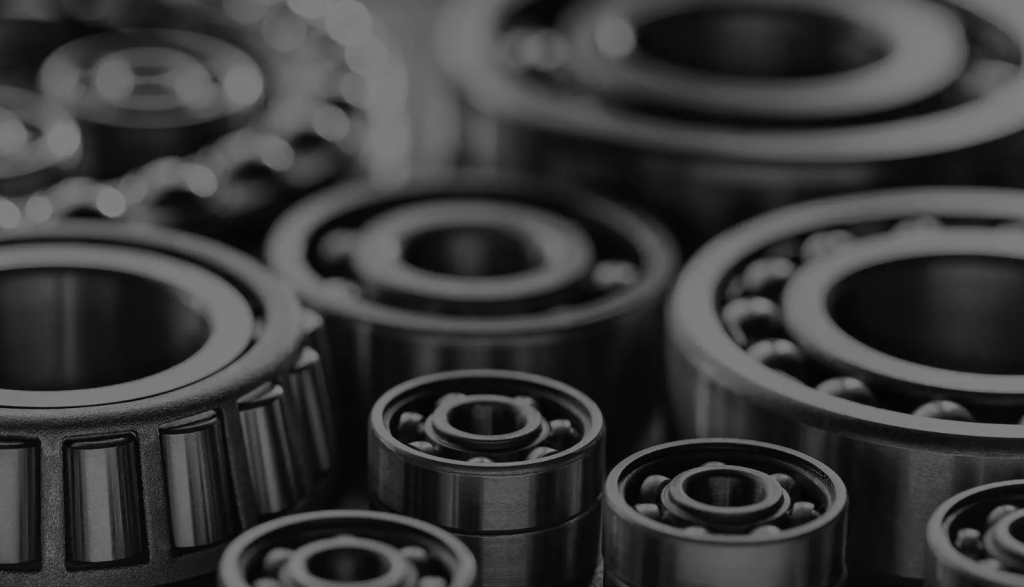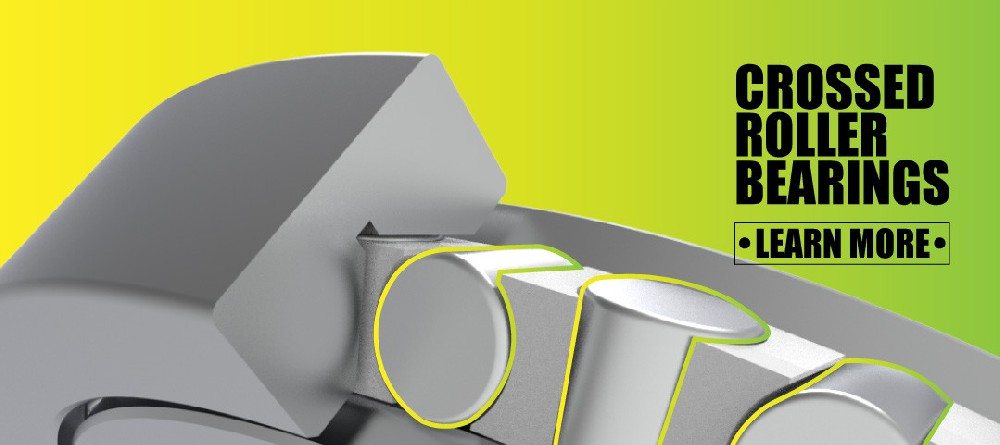In the world of industrial machinery, every component plays a crucial role in maintaining smooth operations, but few are as critical as bearings. Bearings support moving parts, reduce friction, and ensure that machines can operate efficiently under various loads and speeds. While standard bearings are widely available and suitable for general applications, they often fall short when machinery operates under unique or demanding conditions.
A customized bearing addresses these challenges by being engineered specifically for the requirements of a particular machine. By tailoring material selection, dimensions, and special features such as seals or lubrication channels, customized-bearing can significantly enhance performance, reduce energy consumption, and prolong the operational life of machinery.
This level of optimization not only improves productivity but also minimizes downtime and maintenance costs, which are major factors in operational efficiency. Across industries like automotive, aerospace, manufacturing, and renewable energy, the adoption of customized bearing has become a strategic choice for companies aiming to maximize machine performance and longevity.
Customized Bearing Solutions That Improve Machinery Efficiency and Lifespan
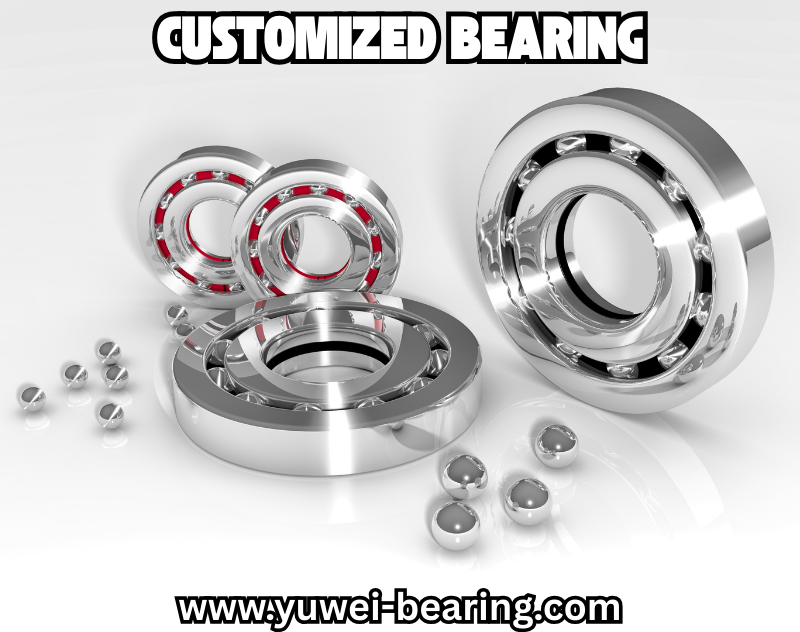
In this guide, we will explain how customized bearing achieve these benefits and how to implement them effectively in your operations.
Efficient machinery depends on high-quality components, and bearings are among the most critical. A customized-bearing is designed specifically for the needs of your machinery, unlike standard bearings that may not fully meet unique operational requirements. This guide explains everything about customized-bearing, including their role, benefits, materials, and practical implementation strategies. Visit here!
The Role of Bearings in Machinery Performance
Bearings are mechanical components that support moving parts and reduce friction. They allow rotation or linear motion between machine components, improving reliability and efficiency. Standard bearings serve general purposes, but they may not be optimized for specific loads, speeds, or environmental conditions.
A customized bearing ensures precise fit, proper load distribution, and optimal lubrication. Its role extends beyond friction reduction:
- Support Loads – Handle radial, axial, or combined loads efficiently.
- Reduce Friction – Lower energy consumption and minimize wear.
- Improve Alignment – Maintain machine precision over time.
- Enhance Durability – Withstand specific environmental conditions such as temperature, moisture, and contamination.
Quick Table: Standard vs Customized-Bearing Roles
| Feature | Standard Bearing | Customized Bearing |
|---|---|---|
| Load Capacity | Generalized | Tailored to machine requirements |
| Friction Reduction | Moderate | Optimized for performance |
| Environmental Resistance | Limited | Designed for specific conditions |
| Lifespan | Average | Extended |
What Are Customized Bearings?
A customized-bearing is engineered for specific machinery requirements. Unlike off-the-shelf bearings, it considers machine load, speed, temperature, and environmental factors.
Key Features of Customized-Bearing:
- Material Selection – Steel, stainless steel, ceramic, or hybrid materials to resist wear, corrosion, or high temperatures.
- Precision Dimensions – Exact sizing and tolerance to reduce friction and vibration.
- Special Features – Seals, coatings, lubrication channels, or hybrid designs for specialized applications.
Benefits Overview:
- Enhanced operational efficiency
- Extended machinery lifespan
- Reduced maintenance frequency
- Energy savings
How Customized Bearing Improve Efficiency
Customized-bearing increase machinery efficiency by optimizing performance and reducing energy loss.
Efficiency Benefits:
- Reduced Friction – Bearings designed for precise tolerances allow smoother motion.
- Optimized Load Distribution – Customized geometry spreads stress evenly, avoiding hotspots.
- Energy Efficiency – Less friction reduces motor power usage.
- Higher Speeds with Stability – Tailored bearings maintain stability at higher RPMs.
Efficiency Comparison Table
| Parameter | Standard Bearing | Customized-Bearing |
|---|---|---|
| Energy Consumption | Higher | Lower |
| Friction Level | Moderate | Minimal |
| Operational Speed | Limited | Optimized |
| Load Handling | General | Specific |
Extending Machinery Lifespan with Customized Bearing
A properly designed customized-bearing significantly extends the lifespan of machines.
Lifespan Benefits:
- Wear Reduction – Precise fit reduces metal-to-metal contact.
- Corrosion Resistance – Materials and coatings protect against moisture and chemicals.
- Vibration Control – Reduces stress on machine components.
- Temperature Management – Specialized lubrication and heat-resistant materials maintain performance under extreme temperatures.
List of Lifespan Advantages:
- Longer maintenance intervals
- Lower replacement frequency
- Reduced risk of machine failure
- Consistent operational performance
Key Considerations When Choosing a Customized Bearing
Selecting the right customized-bearing requires attention to multiple factors:
- Load and Speed Requirements – Understand radial, axial, or combined loads.
- Operating Environment – Consider temperature, moisture, chemicals, and dust exposure.
- Maintenance Expectations – Bearings can be self-lubricating or require regular servicing.
- Cost vs Benefit – Evaluate initial investment versus long-term operational savings.
- Supplier Capabilities – Ensure technical support and quality assurance from the manufacturer.
Checklist Table: Customized Bearing Selection
| Factor | Consideration |
|---|---|
| Load Type | Radial, axial, or combined |
| Speed | Operational RPM |
| Environment | Temperature, humidity, chemicals |
| Material | Steel, stainless, ceramic, or hybrid |
| Maintenance | Lubrication type and schedule |
Materials and Technologies in Customized Bearing
The choice of materials and technologies defines the performance of a customized-bearing.
Common Materials:
- Chrome Steel – Durable, wear-resistant, general industrial use.
- Stainless Steel – Corrosion-resistant, suitable for food or chemical industries.
- Ceramics – High-speed, heat-resistant, and lightweight applications.
- Polymers / Hybrid – Low friction, minimal maintenance, specialized use.
Technologies:
- Precision CNC Machining – Accurate dimensions for optimized performance.
- Advanced Coatings – Reduce friction and extend lifespan.
- Lubrication Channels – Maintain optimal performance with minimal maintenance.
- Hybrid Designs – Combine materials to meet high-speed and high-load requirements.
Materials vs Application Table
| Material | Application |
|---|---|
| Chrome Steel | Industrial machinery |
| Stainless Steel | Food, chemical, marine industries |
| Ceramic | High-speed turbines, aerospace |
| Polymer/Hybrid | Low-maintenance specialized equipment |
Real-World Impact of Customized Bearings
Implementing customized-bearing has measurable effects on machinery performance.
Key Impacts:
- Reduced Downtime – Fewer failures and replacements.
- Lower Maintenance Costs – Extended intervals between service.
- Energy Savings – Optimized motion reduces power consumption.
- Improved Productivity – Machines can run closer to their designed capacity.
Impact Summary Table
| Metric | Standard Bearing | Customized Bearing |
|---|---|---|
| Maintenance Frequency | High | Low |
| Energy Use | Higher | Lower |
| Downtime | Frequent | Reduced |
| Productivity | Moderate | High |
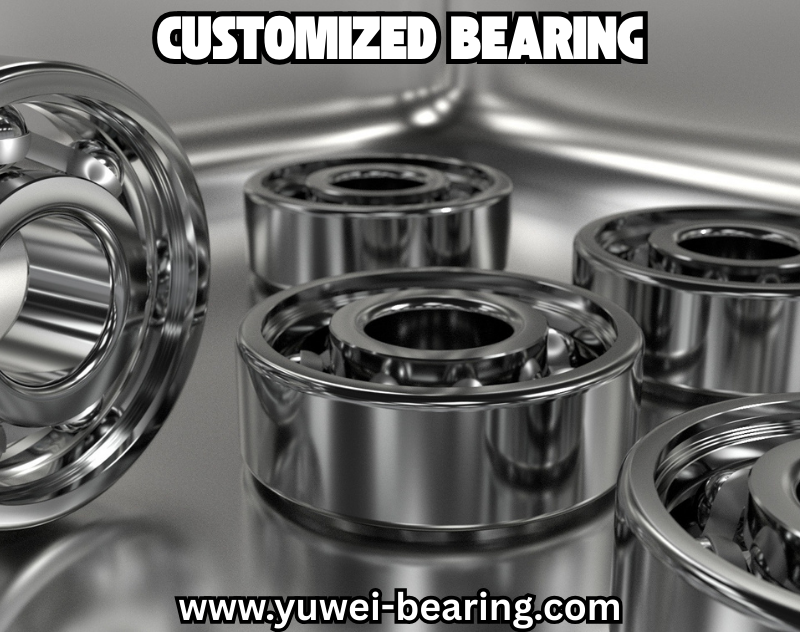
Common Industries Benefiting from Customized Bearing
Customized-bearing are widely used across multiple industries:
- Automotive – Engines, transmissions, and suspension systems.
- Aerospace – High-speed, high-temperature, high-vibration applications.
- Industrial Manufacturing – Conveyors, presses, pumps, and motors.
- Renewable Energy – Wind turbines, hydroelectric generators.
- Food & Beverage – Stainless steel and self-lubricating bearings for hygiene compliance.
Industry vs Bearing Type Table
| Industry | Customized Bearing Type |
|---|---|
| Automotive | High-speed, precision-engineered |
| Aerospace | Ceramic and hybrid for extreme conditions |
| Industrial | High-load steel bearings |
| Renewable Energy | Axial/radial load optimized |
| Food & Beverage | Stainless steel, self-lubricating |
Steps to Implement Customized-Bearing Solutions
Implementing customized-bearing requires a systematic approach:
- Assessment – Collect data on load, speed, and environmental conditions.
- Design Collaboration – Work with a manufacturer to specify dimensions, materials, and features.
- Prototyping & Testing – Ensure performance meets operational requirements.
- Installation – Proper alignment, lubrication, and torque specifications.
- Monitoring – Track performance metrics for efficiency, lifespan, and maintenance planning.
Implementation Flow Table
| Step | Action |
|---|---|
| Assessment | Machine analysis |
| Design Collaboration | Manufacturer specification |
| Prototyping & Testing | Verify fit and performance |
| Installation | Correct mounting and lubrication |
| Monitoring | Performance tracking and maintenance planning |
ROI and Cost-Benefit Analysis
Choosing a customized bearing may require higher upfront investment but yields long-term savings.
Key ROI Factors:
- Reduced Downtime – Less production loss and labor costs.
- Extended Machine Life – Bearings and machines last longer.
- Energy Savings – Reduced friction decreases power usage.
- Lower Maintenance Costs – Fewer inspections and replacements.
Cost-Benefit Comparison Table
| Metric | Standard Bearing | Customized-Bearing |
|---|---|---|
| Initial Cost | Lower | Higher |
| Maintenance Cost | Higher | Lower |
| Downtime Impact | High | Low |
| Lifespan | Standard | Extended |
| Energy Efficiency | Moderate | High |
Choosing the Right Supplier
Selecting a supplier is essential to get the best results from a customized-bearing.
Supplier Selection Criteria:
- Experience & Expertise – Proven track record in custom solutions.
- Engineering Support – Assistance with specifications, design, and testing.
- Quality Assurance – Certifications and testing compliance.
- After-Sales Service – Support for installation, monitoring, and replacement.
Supplier Comparison Table
| Supplier Feature | Importance Level |
|---|---|
| Experience | High |
| Engineering Support | High |
| Quality Assurance | High |
| After-Sales Service | Medium |
FAQs About Customized Bearing
Q1: What is a customized bearing?
A: A customized-bearing is engineered to meet specific machinery requirements for load, speed, material, and environmental conditions.
Q2: Why choose a customized bearing over a standard one?
A: Customized-bearing reduce friction, improve efficiency, extend lifespan, and lower maintenance costs.
Q3: How do customized-bearing improve energy efficiency?
A: By reducing friction and optimizing load distribution, customized-bearing lower motor and engine power consumption.
Q4: What industries benefit most from customized bearing?
A: Automotive, aerospace, industrial manufacturing, renewable energy, and food & beverage industries.
Q5: Are customized-bearing more expensive?
A: They have higher upfront costs but provide long-term savings through reduced downtime, lower maintenance, and longer lifespan.
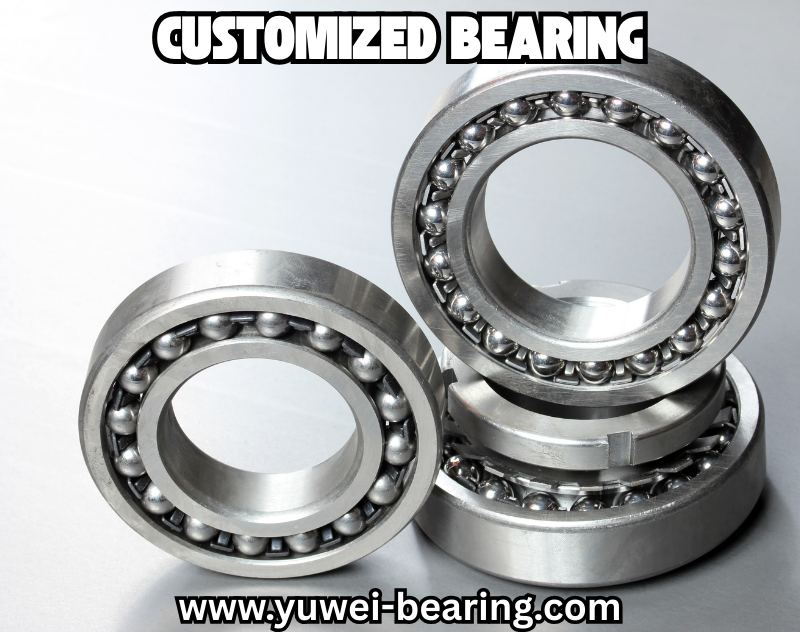
Conclusion
Investing in a customized bearing is more than just upgrading a machine component—it is a strategic decision that directly impacts efficiency, reliability, and operational costs. By addressing the specific needs of machinery, customized-bearing reduce friction, optimize load distribution, and enhance stability, all of which contribute to smoother performance and higher productivity.
The careful selection of materials, dimensions, and special features ensures that bearings can withstand challenging operating conditions, from high temperatures and heavy loads to exposure to moisture and chemicals. Beyond performance improvements, customized-bearing extend the lifespan of machinery, minimize downtime, and lower maintenance requirements, translating into significant long-term cost savings.
Industries ranging from automotive and aerospace to renewable energy and manufacturing are increasingly recognizing the value of these solutions, as they offer measurable improvements in both operational efficiency and machine durability. Choosing the right supplier and implementing a systematic approach—from assessment and design to installation and monitoring—ensures maximum benefit from customized-bearing solutions. In short, integrating customized-bearing is a practical and effective way to safeguard machinery performance and achieve long-term operational success.
